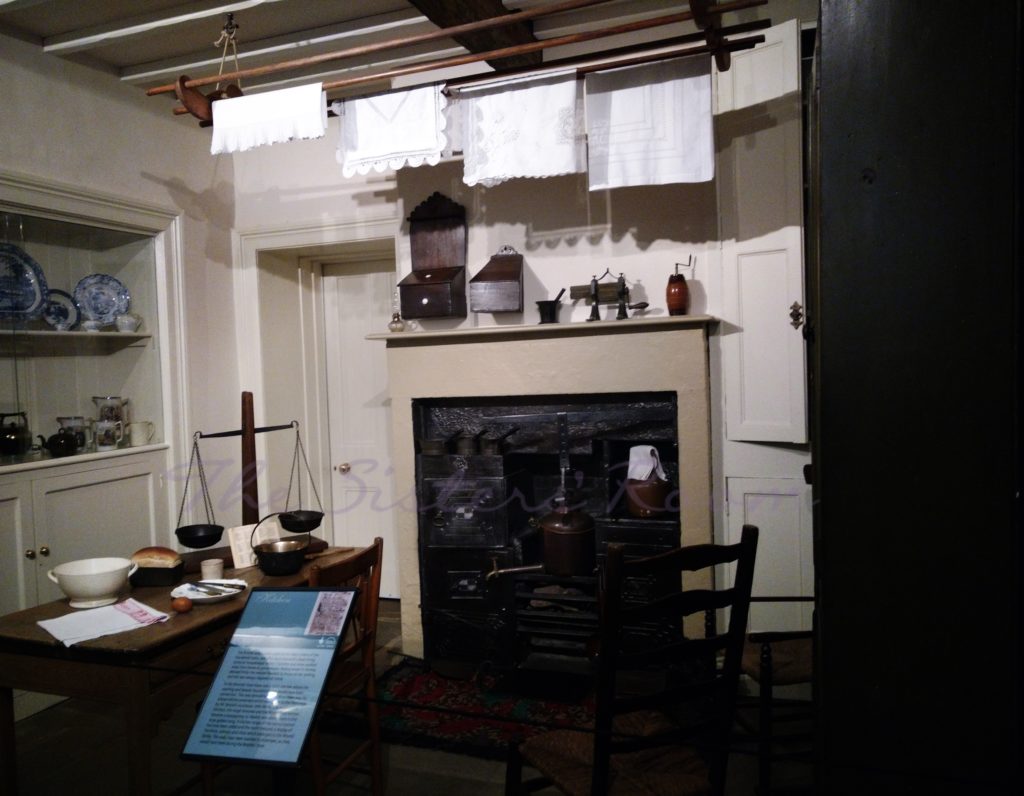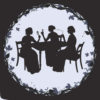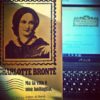The kitchen as we see it today at the Brontë Parsonage Museum is not the kitchen as the Brontës used to know it, since, following Patrick Brontë’s death in 1861  the Parsonge became the home of the Revd. John Wade, who made several alterations to the house, the kitchen being the room most affected by the changes. The old kitchen became a passageway to Wade’s new dining room and several changes were made: the back kitchen where the washing and heavier household work was carried out in the Brontës’ time was demolished to make way for a large kitchen extension; the mullioned window which had formerly looked out towards the moors was blocked too; the range was removed.
the Parsonge became the home of the Revd. John Wade, who made several alterations to the house, the kitchen being the room most affected by the changes. The old kitchen became a passageway to Wade’s new dining room and several changes were made: the back kitchen where the washing and heavier household work was carried out in the Brontës’ time was demolished to make way for a large kitchen extension; the mullioned window which had formerly looked out towards the moors was blocked too; the range was removed.
 Besides, while visiting the Parsonage today, you can still see displays of furniture and utensils which belonged to the Brontë family, and a kitchen range of the correct period has been added to help recreate the room’s original appearance.
Besides, while visiting the Parsonage today, you can still see displays of furniture and utensils which belonged to the Brontë family, and a kitchen range of the correct period has been added to help recreate the room’s original appearance.
The kitchen was the warmest room in the house and, as children, the Brontës would gather round the kitchen fire to listen to Tabby’s dark tales and songs of the Yorkshire moors. The girls were expected to take their share of the household tasks, and the kitchen features in many of their surviving accounts of daily life at the Parsonage. Moreover, in 1842, after Aunt Branwell’s death, Emily acted as housekeeper, helping in the kitchen and baking bread.





